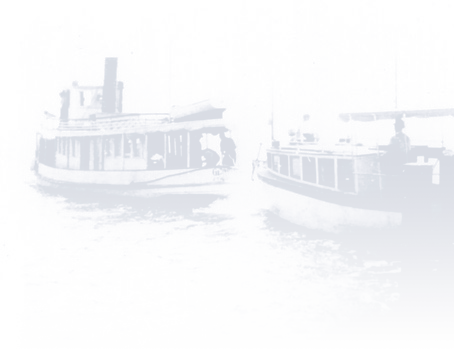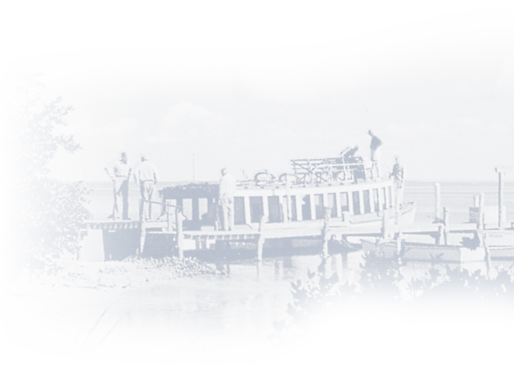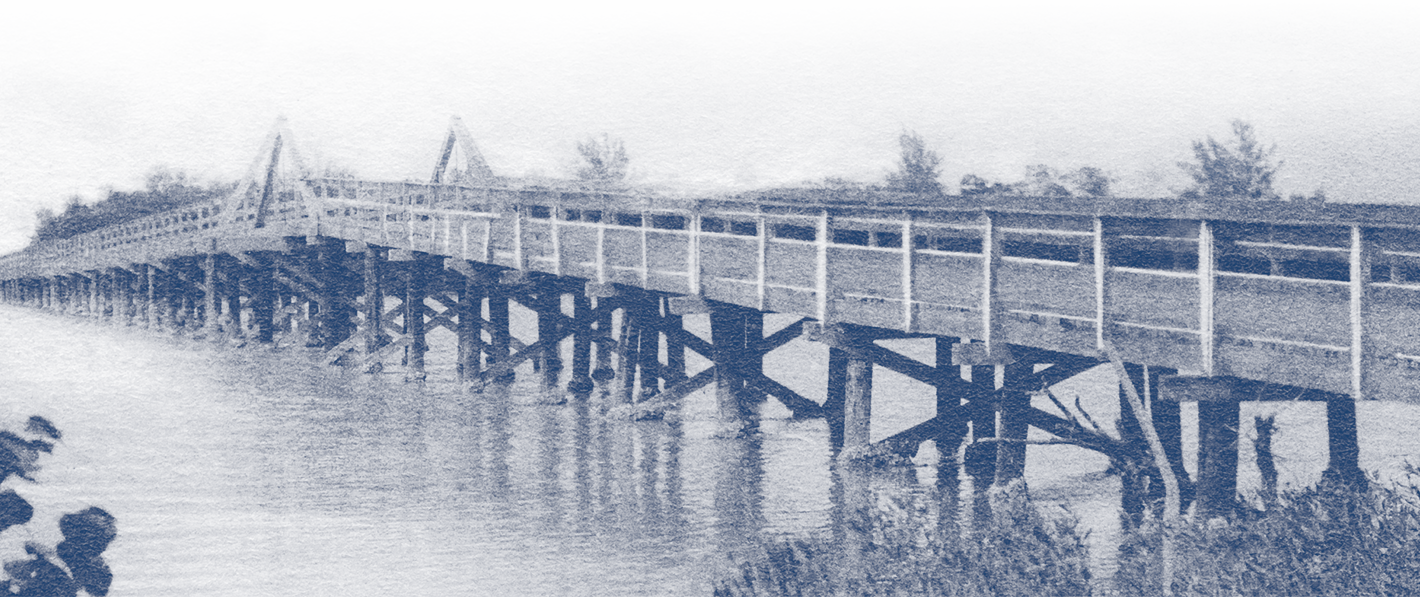
Over a thousand years ago a powerful storm sliced through the barrier island, creating Blind Pass and separating Captiva and Sanibel Islands.
The Calusa Indians were the first known inhabitants of Captiva. In the 1500's the Spanish explored the island and adjoining Gulf. The 1800's brought Cuban fishermen who populated the waters around Captiva. By the early 1900's the island supported flourishing farms and citrus groves.
In the early years of the 20th Century, visitors discovered the virtues of the island; whether to escape the harsh north and mid-west winters, or for the emerging sport fishing class to cast their line with the possibility to wrestle a fish that equaled them in size.
Remote, independent and bountiful, Captiva has attracted artists, writers, fishermen, celebrities, and scores of colorful island characters. President Teddy Roosevelt, writer Anne Morrow Lindbergh, artists Robert Rauschenberg, Mabel Stamper and Roy Lichtenstein were captivated by this island paradise.
Our Archives
The Captiva Island Historical Society archives contain more than 14,000 digitally preserved items; including photographs, postcards, family letters, newspaper articles and oral histories.
Support History
Your support will help the Captiva Island Historical Society to digitize its archives, maintain the History Gallery, present educational programs, and produce our acclaimed documentaries; all to preserve and share the unique and diverse history of Captiva.
Documentaries
The Captiva Island Historical Society has produced a collection of film documentaries. Told first hand, these documentaries capture the spirit of the island. DVDs of the complete collection are available, also offered for streaming on Amazon.
History Gallery
The History Gallery illustrates Captiva’s unique, diverse history. The space takes on the wooden look of the interior of the old mailboat, ‘Santiva," which serviced the islands prior to the construction of the Sanibel Causeway in 1963.


